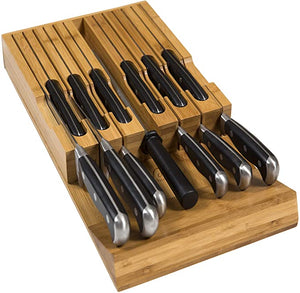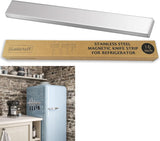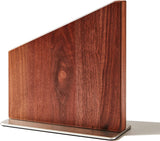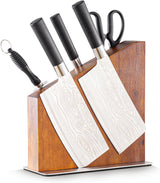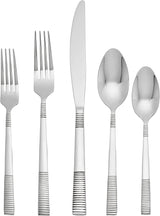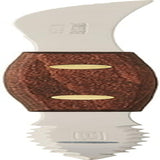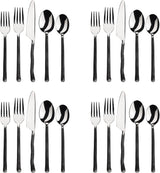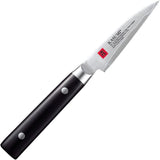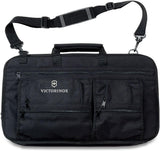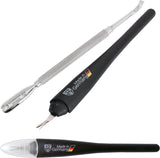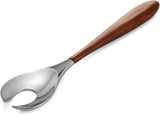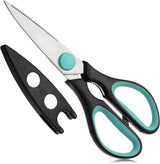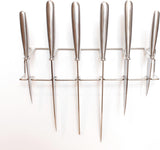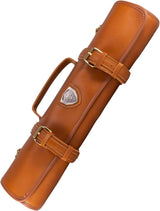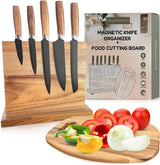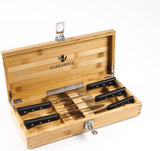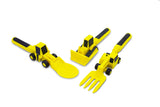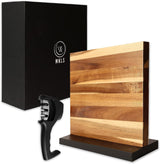The nakiri knife has become an indispensable tool for many kitchen professionals. With its unique design and utility, learning how to use a nakiri knife effectively can elevate your culinary skills. Right at the heart of Japanese cuisine, the nakiri knife stands out with its flat edge and straight blade, making it perfect for slicing vegetables.
The precision that a nakiri knife offers is unparalleled. As chefs strive for consistency, knowing how to use a nakiri knife can make all the difference in presentation and preparation.

Understanding the Nakiri Knife
The nakiri knife is characterized by its straight edge, which allows users to slice through vegetables without the rocking motion needed for other knives. This design not only ensures uniform cuts but also maximizes efficiency.
Crafted predominantly from high-quality stainless steel, nakiri knives fit seamlessly into the arsenal of kitchen professionals focused on precision.
The Art of Using a Nakiri Knife
To truly master how to use a nakiri knife, hold it properly. Grip the handle firmly with your thumb on one side and your fingers on the other. This grip gives you maximum control and helps you achieve those clean cuts.
Become familiar with the knife's weight and balance. Practice with different vegetables, focusing on getting consistent slices, which is the hallmark of professional knife skills.
Benefits of a Nakiri Knife in the Kitchen
One main advantage is the speed of vegetable preparation. This knife's structure supports swift and precise chopping, saving you precious time. With a sharper edge, there's minimal need for motion adjustment, reducing wrist fatigue.
Furthermore, using a nakiri knife can enhance the visual appeal of dishes, making it a favorite for presenting intricate vegetable garnishes.
Caring for Your Nakiri Knife
A well-maintained knife can serve you for years. Regularly sharpening your nakiri knife ensures it remains in peak condition. Consider using a whetstone, ensuring consistent sharpening angles for optimal results.
Post preparation, clean the knife with warm, soapy water. Avoid the dishwasher, as this can dull the blade over time. For more on knife care, check out care instructions here.
Advanced Techniques with a Nakiri Knife
For professionals, mastering the julienne and brunoise techniques can elevate your culinary presentations. With practice, these techniques become second nature, significantly boosting your dish's aesthetic value.
To diversify your skills, consider blending your nakiri prowess with other kitchen staples. Information on how to integrate other knives can provide a broader culinary skillset.
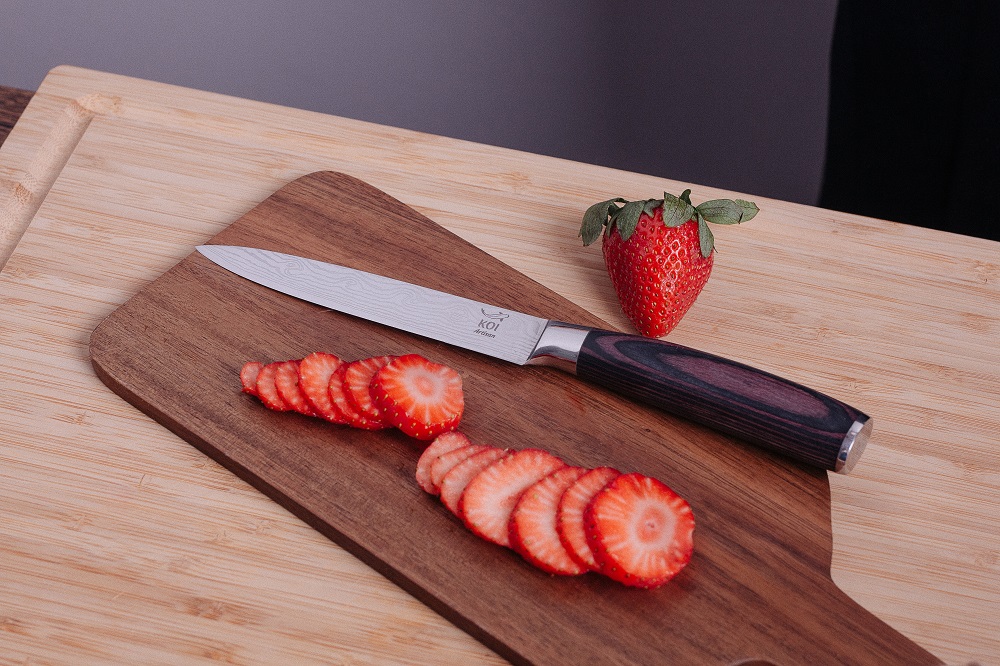
FAQs
-
What makes a nakiri knife different?
Unlike traditional chef's knives, nakiri knives have a flat blade suited for vegetable chopping without rocking motions.
-
Can I use a nakiri knife for meat?
While primarily for vegetables, it can handle softer meats but isn't recommended for hard bones or frozen foods.
-
How often should I sharpen my nakiri knife?
For professionals using regularly, sharpening every 2-3 weeks keeps the blade in excellent condition.
This article contains affiliate links. We may earn a commission at no extra cost to you.
